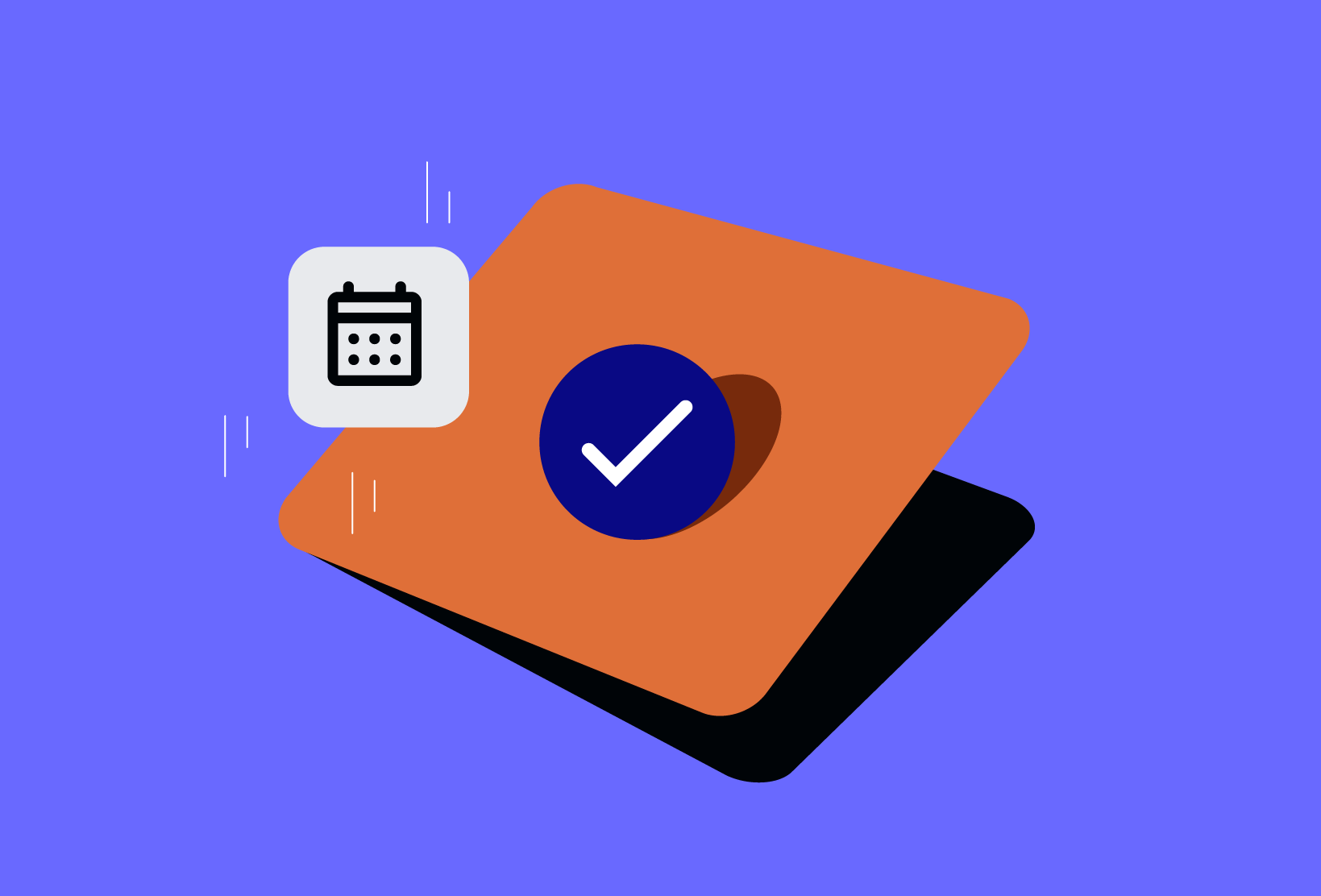For many high-growth businesses, expanding into new markets feels like the next natural step. The global digital economy makes it easier than ever to acquire customers from anywhere—but accepting money from them is a very different story.
Cross-border payments come with their own set of challenges: multiple currencies, complex regulations, high intermediary fees, and unpredictable settlement times. Even for companies that have perfected domestic payments, these hurdles can quickly turn smooth operations into a maze of compliance and cost.
Understanding how cross-border payments work—and the systems that support them—is critical for any business planning to expand internationally.
How Cross-Border Payments Work
At its core, a cross-border transaction involves transferring funds between two entities in different countries, often across different currencies and banking networks. What seems like a simple online payment can, in reality, involve several intermediaries—payment gateways, processors, acquirers, issuing banks, and sometimes correspondent banks.
Each participant plays a role in verifying, routing, converting, and settling the payment. This multi-layered process ensures compliance and currency conversion, but it also adds time, cost, and risk.
For instance, a customer in Germany paying an Indian SaaS business might go through at least four intermediaries before the money lands in the merchant’s account. Each one charges fees, converts currency at slightly different rates, and introduces potential points of failure.
The Common Challenges Businesses Face
Expanding internationally introduces financial and operational complexity that domestic systems often aren’t built for. Here are some of the most common challenges:
- Currency conversion and forex risk: Fluctuating exchange rates can erode margins overnight.
- High intermediary and processing fees: Each layer in the transaction chain adds cost.
- Compliance requirements: From KYC to tax and local licensing, every market brings its own regulatory playbook.
- Payment failures and routing issues: Poor network connectivity or incompatible rails can increase decline rates.
- Settlement delays: Longer clearing times disrupt cash flow and working capital management.
Each of these frictions can compound quickly—especially for businesses that rely on manual reconciliation or have fragmented payment infrastructure.
Why the Right Payment Infrastructure Matters
Before even venturing into global markets, it’s essential for businesses to build the right payment foundation domestically. Most high-growth companies initially focus on features like:
- A seamless checkout experience for customers
- Reliable uptime and minimal payment failures
- Transparent pricing and reconciliation
- Integration with accounting or ERP tools
- The flexibility to scale operations as transaction volumes grow
But as growth accelerates, payments stop being just a “tech function” and become part of a larger financial system. That’s where having a connected payment infrastructure—one that links payments, banking, compliance, and finance operations—starts to matter.
Even if you’re not processing international payments yet, building for visibility, automation, and control today will make scaling globally far simpler later.
How Businesses Can Prepare for Cross-Border Readiness
For companies eyeing international expansion, choosing the right payment architecture isn’t just about who offers cross-border capabilities—it’s about how well your systems can integrate, automate, and adapt.
Here’s a quick checklist to help finance and operations teams prepare:
- Plan for multi-currency operations: Choose accounting and reconciliation systems that can handle multiple currencies and exchange rates.
- Prioritize compliance early: Familiarize your team with international standards like PCI-DSS and GDPR.
- Simplify reconciliation: Integrate payment data with your finance stack to avoid manual errors.
- Benchmark routing success rates: Even a small improvement in payment success can have a significant impact at scale.
- Design for modularity: Use systems that can plug into cross-border providers later, without re-engineering your payment setup.
In short, the groundwork for seamless cross-border payments starts with how you manage domestic ones.
Security and Trust: The Non-Negotiables
Whether domestic or international, payment security is a critical foundation for scale. As businesses expand, they not only need to protect customer data but also comply with varying regional security standards.
Strong encryption, real-time fraud detection, and adaptive risk scoring are becoming baseline requirements. Beyond technology, compliance frameworks like PCI-DSS, GDPR, and local data localization laws ensure trust and transparency—both key to building long-term customer confidence in new markets.
The Future of Cross-Border Payments
The world of global transactions is evolving fast. New developments like UPI’s international rollout, ASEAN PayNow linkages, and real-time settlement networks are beginning to make cross-border payments faster, cheaper, and more transparent.
At the same time, open banking and embedded finance are reshaping how money moves across regions, giving businesses new ways to receive payments directly from bank accounts—without the heavy costs of traditional intermediaries.
For fast-growing businesses, the takeaway is clear: even if you’re not processing cross-border transactions today, preparing for this evolution now gives you a competitive edge tomorrow.
Conclusion
Cross-border payments are complex, but understanding them early helps businesses design smarter financial systems from day one. Whether you’re a startup planning to sell abroad or an enterprise scaling across markets, it’s critical to view payments not as an operational afterthought, but as a strategic enabler of growth.
Building the right payment foundation—connected, compliant, and adaptable—sets the stage for seamless expansion when your business is ready to go global.





